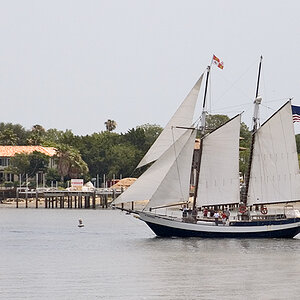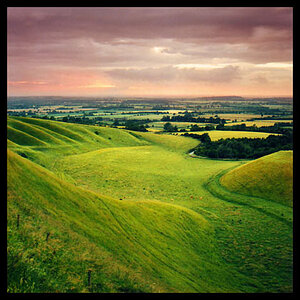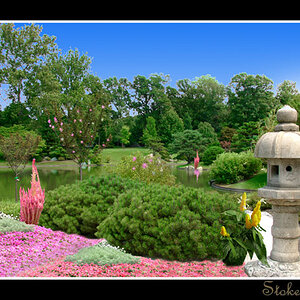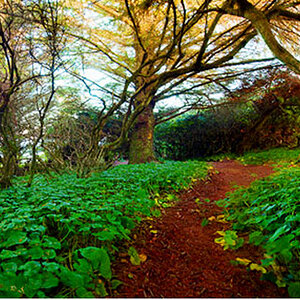boredredhead
TPF Noob!
- Joined
- Jul 13, 2013
- Messages
- 4
- Reaction score
- 0
- Location
- Phoenix, United States
- Can others edit my Photos
- Photos OK to edit
I am very, very new to DSLR photography and have been reading this forum, the Dummies book, other books, other sites, etc. to try to learn how to take decent pictures without using the Auto setting! Recently on vacation I found myself wishing for a telephoto lens (none was even available to rent, :sad anim so I started doing some homework about what's available for our Nikon D5000.
so I started doing some homework about what's available for our Nikon D5000.
Please help me understand the technical differences between the $2,000 70-200 f2.8 and the $200 70-300 f4-5.6. I just don't understand how the larger aperture justifies a 10x price difference. What's happening inside? What are the comparative benefits of the more expensive lens (out of my current price range) vs. the other (which is less than I have budgeted)?
Maybe equally important, can I take good vacation-type photos (of, say, our daughter surfing or boats just offshore) with a 200mm lens? Is it a worthwhile investment?
Thanks for helping me understand!
Please help me understand the technical differences between the $2,000 70-200 f2.8 and the $200 70-300 f4-5.6. I just don't understand how the larger aperture justifies a 10x price difference. What's happening inside? What are the comparative benefits of the more expensive lens (out of my current price range) vs. the other (which is less than I have budgeted)?
Maybe equally important, can I take good vacation-type photos (of, say, our daughter surfing or boats just offshore) with a 200mm lens? Is it a worthwhile investment?
Thanks for helping me understand!


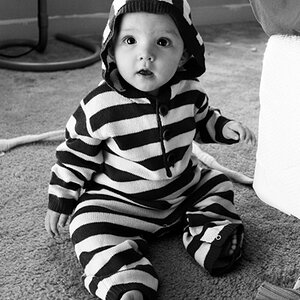

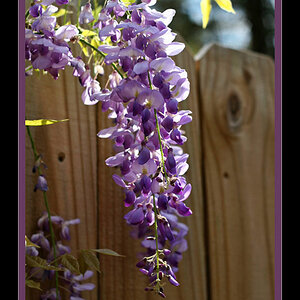
![[No title]](/data/xfmg/thumbnail/30/30858-42113a4c092a5983afa30e5c35cce4d0.jpg?1619734478)
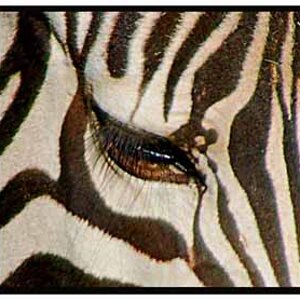
![[No title]](/data/xfmg/thumbnail/38/38263-ad5e4c9e677626ddb5b1e7cdf9ebe40e.jpg?1619738548)

